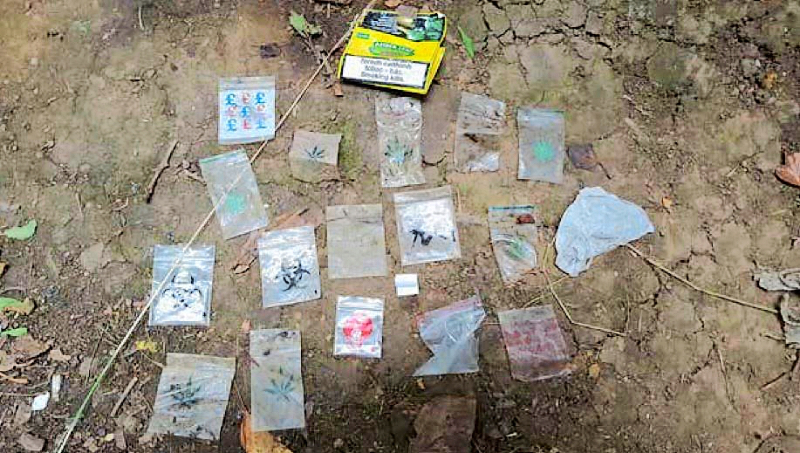A NEW report from the Blanchardstown Local Drug and Alcohol Task Force (BLDATF) has found an increase in the use of several drugs in the area, including crack cocaine, alcohol, cannabis and benzodiazepines.
The Drug and Alcohol Trends Monitoring System report also reveals drug use in schools is increasing, causing greater damage to education and leading to more exclusions.
The report identified 63 secluded drug using sites in Dublin 15 and states that the internet continues to facilitate drug distribution and the ‘darknet’ is a factor in availability.
The number of both Irish and non-Irish drug users in treatment is increasing, as is the amount of drug users aged under 18 and 35 and over.
Heroin, cannabis, alcohol, cocaine powder, benzodiazepines, ‘sleepers’ and methadone are the biggest problem for adult drug users who are receiving some form of treatment.
The drugs most commonly taken by users not being treated are alcohol, cannabis, MDMA, cocaine powder and ketamine and the report also reveals that steroids and skin tanning drugs are creating new hazards in Dublin 15.
The report was compiled using the unique Drug and Alcohol Trends Monitoring System (DATMS) developed by BLDATF to provide up-to-date information about drug and alcohol use in Dublin 15.
It also gathers data on the consequences of drug use in the area and says mental health disorders among drug users is increasing as well as homelessness and poverty.
Drug use in schools is also rising, causing damage to education and leading to more exclusions while drug dealers are getting younger and dealing occurs in schools.
Drug litter is widespread throughout Dublin 15 with the largest concentrations outside areas traditionally associated with drug use, indicating there are many more drug users than those using services.
The report identifies gaps in local service provision too, including limited access to buprenorphine treatment for opiate dependence and a lack of awareness about addiction services in Dublin 15.
There has been a seven per cent increase in the number of drug users treated in Dublin 15 over the past year, made up of 32 per cent female and 68 per cent male.
The nationality of the vast majority are Irish (92 per cent) while the percentage of Travellers in treatment is down from four per cent to two per cent.
Heroin remains the most common main problem drug, with 303 (44 per cent) clients being treated, although heroin users are an ageing population with few young people requiring treatment.
Of 270 people prescribed methadone for heroin use in Dublin 15, the overwhelming majority (95 per cent) were over 30.
One of the local service providers identified a small but new trend of older drug users over 40 reporting for treatment. The drugs they are treated for are alcohol and opiates including codeine, oxycodone and heroin but none of them are injecting.
“The new ones that are coming through now – people in their forties and fifties – would have long standing addiction problems going back for many years,” a service provider says.
“They are generally not functioning particularly well; their lives are not stable.”
Key findings from the report will be used to inform local service provision in Dublin 15. It can be found online at www.drugsandalcohol.ie/27339.
